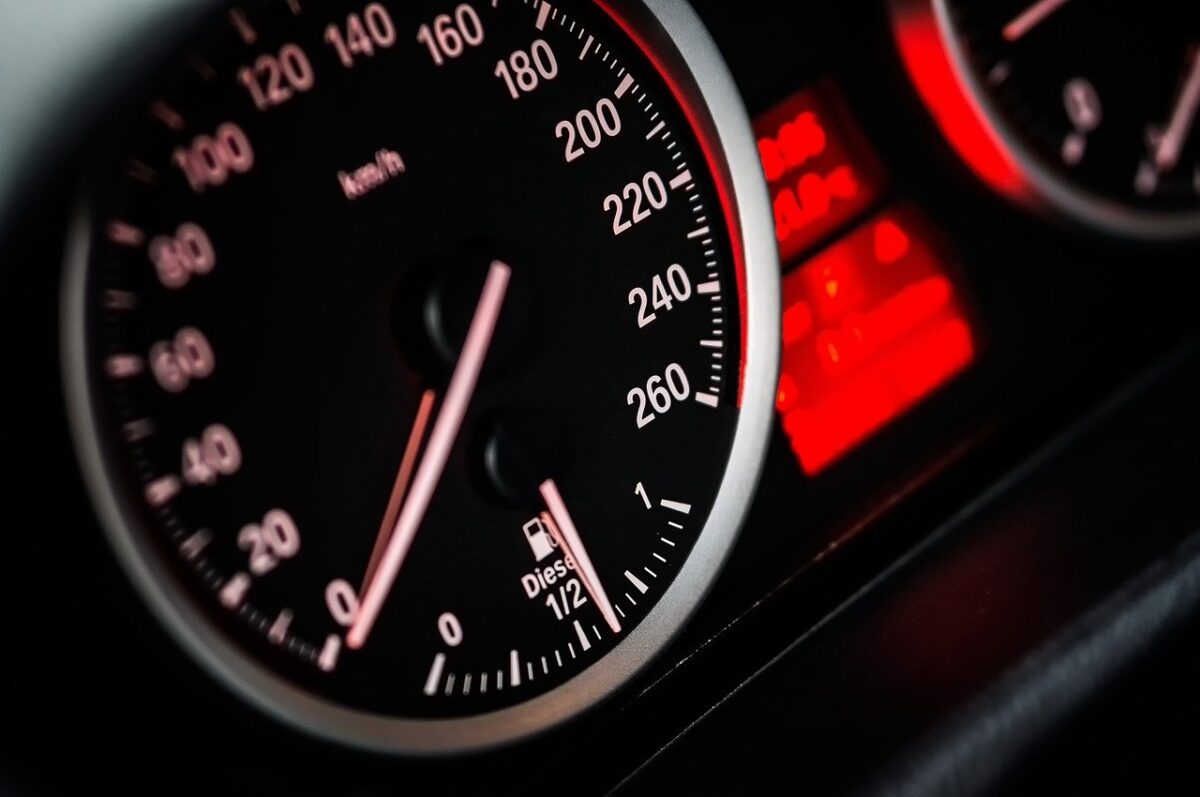What You Need to Know About Drowsy Driving Accidents
While most people know not to drive after drinking or using any type of substance, many people do not understand that driving while fatigued or exhausted can have just as disastrous of effects as drunk driving. While in a state of fatigue, the human body begins to take micro naps that last 4-5 seconds. For a person driving a car that is traveling 55 miles per hour, these micro naps can mean veering off the road, hitting a vehicle that is entering their lane, or not slowing down in time and hitting other vehicles in an intersection. There are a whole host of negative things that can happen when one drives while fatigued so it is important to be alert and conscious of just how tired you are. Americans tend to be a part of a “go go go” society and it can be difficult to take stock of exactly how tired your day at work or with friends has left you. If you are concerned about drowsy driving, or have a history of driving while fatigued, it is important to take a closer look and see exactly what you need to know about drowsy driving accidents.
Drowsy Driving Is More Dangerous Than You May Think
According to the National Highway Traffic Safety Administration, an estimated 100,000 accidents a year are caused by drowsy drivers. What’s even worse is that these crashes lead to thousands of injuries and even hundreds of deaths according to the NHTSA.
Even if you are able to avoid injury or death in an accident involving drowsy driving, you will face increased insurance premiums for years after the accident. If the accident does result in injury or death, the driver would be charged with a felony that may be given a second or first degree classification, due to the reckless nature of the driving that contributed to the accident.
Simple Tips To Avoid Drowsy Driving
Being too fatigued to drive may feel like something that someone should be able to tell on their own, but most people ignore the warning signs. Research has shown that drivers who had less than four hours of sleep were fifteen times more likely to get in a car accident than drivers who had the recommended seven to eight hours of sleep. In addition to getting more than four hours of sleep here are a few tips to avoid drowsy driving:
- Keep emergency caffeine sources in your vehicle like canned coffee, soda, and energy drinks.
- Be aware that the effects of caffeine are temporary and could wear off as soon as 20 minutes after taking effect.
- A more effective tool than caffeine is taking a 20-30 minute nap before continuing to drive. Choose a safe, well lit area to nap like a rest stop, store parking lot, or police station or hospital parking lot.
- Make sure your body is hydrated, as dehydration can compound the effects of exhaustion.
- If you have had a particularly exhausting day, skip alcoholic drinks after work as alcohol can also compound the effects of fatigue even if consumed hours before driving.
- Keep plenty of ride share apps on your phone. While rideshares may be more expensive than ever, many apps will offer a free ride or a discount for first time riders.
- Lastly, if you are involved in an accident with someone who you think may have been asleep at the wheel, be sure to document all evidence, Take plenty of videos and photographs, talk to any bystanders to get their account, and make sure that the police know that you suspect the other driver was driving while fatigued. All of this evidence will help an experienced attorney prove that this accident is the result of drowsy driving.
If you have been involved in an accident with a drowsy driver, you need to contact Tim Fleming Law. Tim Fleming has been specializing in defending those who have been the victim of personal injuries, DUI’s, and more in Mobile, Alabama for over 30 years. Call or contact Tim Fleming Law today to get the quality, passionate legal defense that you deserve. Get the information you need to know about drowsy driving accidents today.




